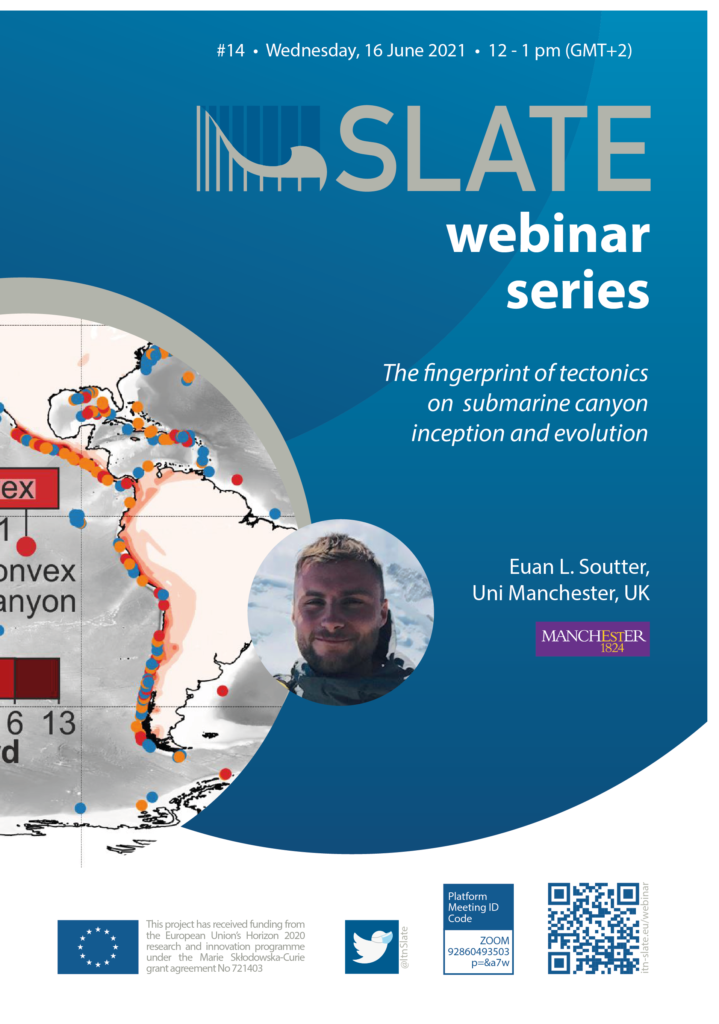
Submarine canyons incise into subaqueous shelves and slopes through a range of different erosional processes, and act as conduits for the transport of terrigenous sediment, nutrients, organic carbon and pollutants from continents to the deep ocean. Submarine canyons are formed in a wide range of different tectonic and climatic settings. However, the extent to which tectonic and climatic variation affects the origin and morphology of canyons is poorly understood. This limits our understanding of the feedbacks between environmental change and marine geomorphology. We address this problem by utilising a global environmental and geomorphological datasets to measure: 1) the long profiles and concavities of 555 submarine canyons across the globe, and 2) the geometries of 1668 canyons that have incised into the American continental shelf. Key results show that: 1) the dominant control on submarine canyon long profiles is tectonic configuration, with passive margins hosting the most concave-up canyons, and convergent margins hosting the most convex-up canyons; 2) the dominant control on submarine canyon geometry is tectonics, with steep and narrow shelves formed in tectonically-active settings hosting the narrowest and deepest canyons. Taken together, these results indicate that tectonics leave a predictable fingerprint on submarine canyons, which may be used to: 1) predict the locus of sediment and pollutant transport in marine environments in the present-day, and 2) constrain paleoenvironments in the geological record.
Co-Authors:
Ian A. Kane, Department of Earth and Environmental Sciences, University of Manchester
David M. Hodgson and Stephen Flint,
When & Where?
- Wednesday, 16 June 2021
- 12 pm – 1 pm (GMT+2)
- via ZOOM
- permanent Zoom Link
- ID: 928 6049 3503 Code: p=&a7w
Webinar Flyer:


